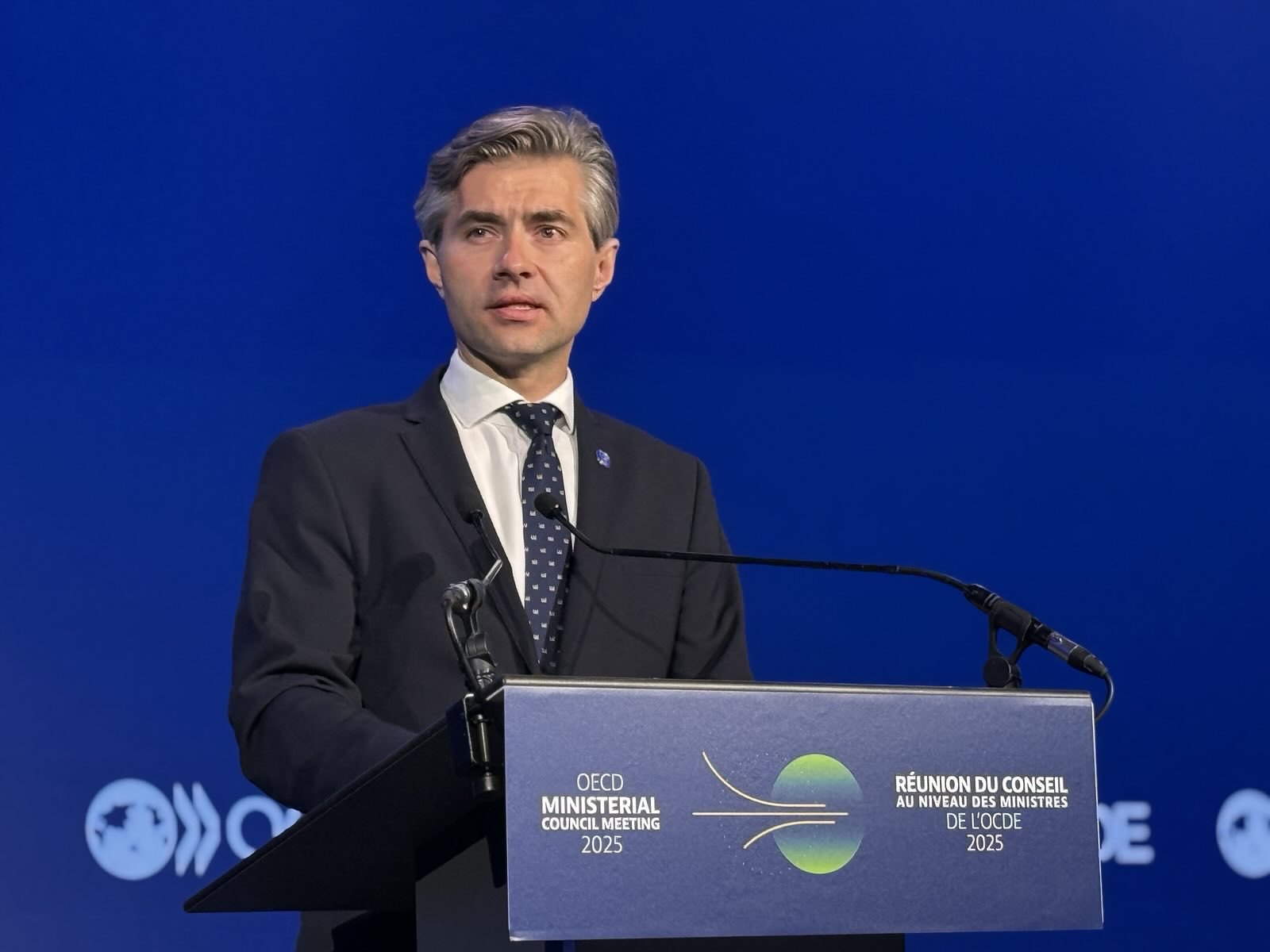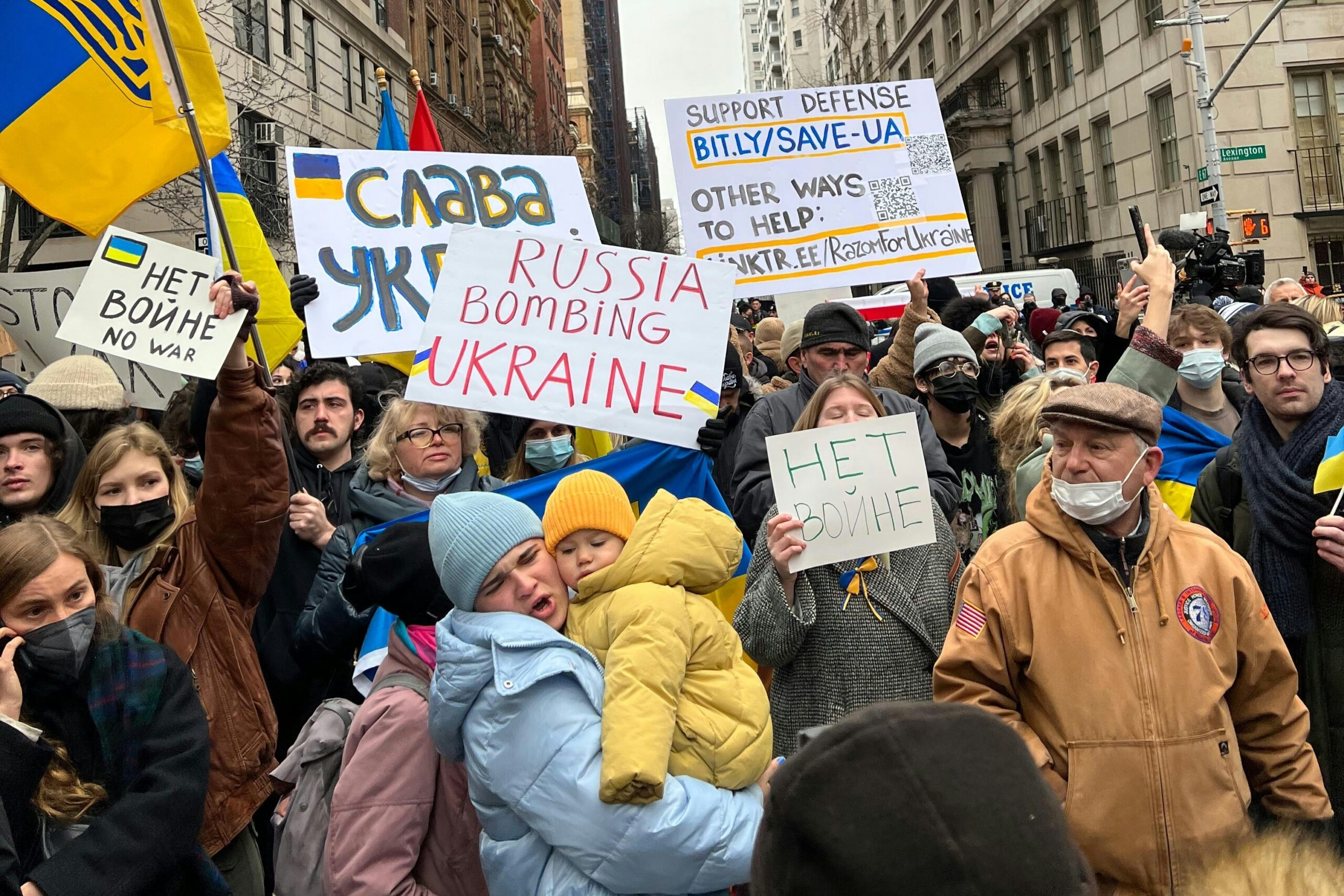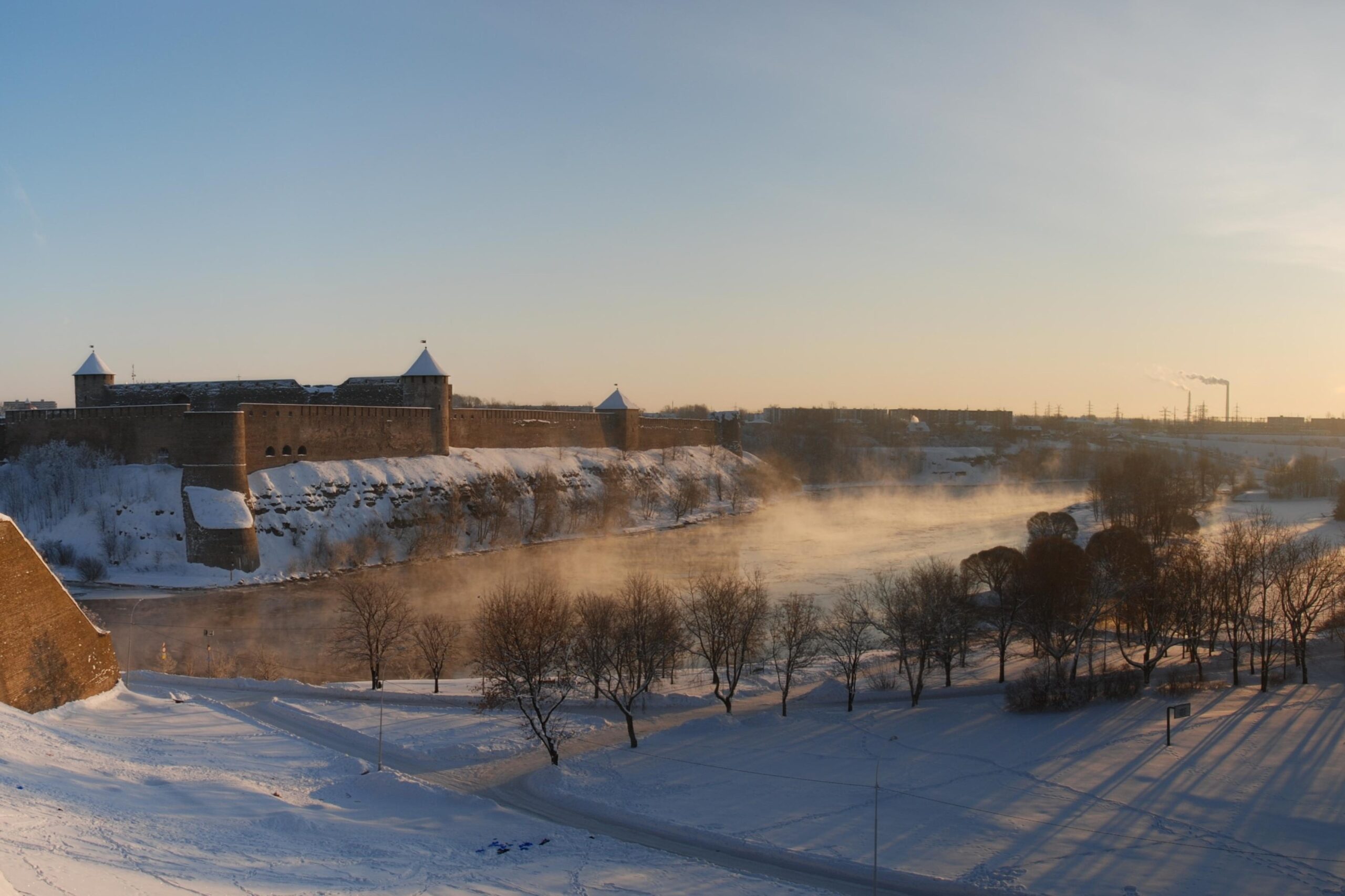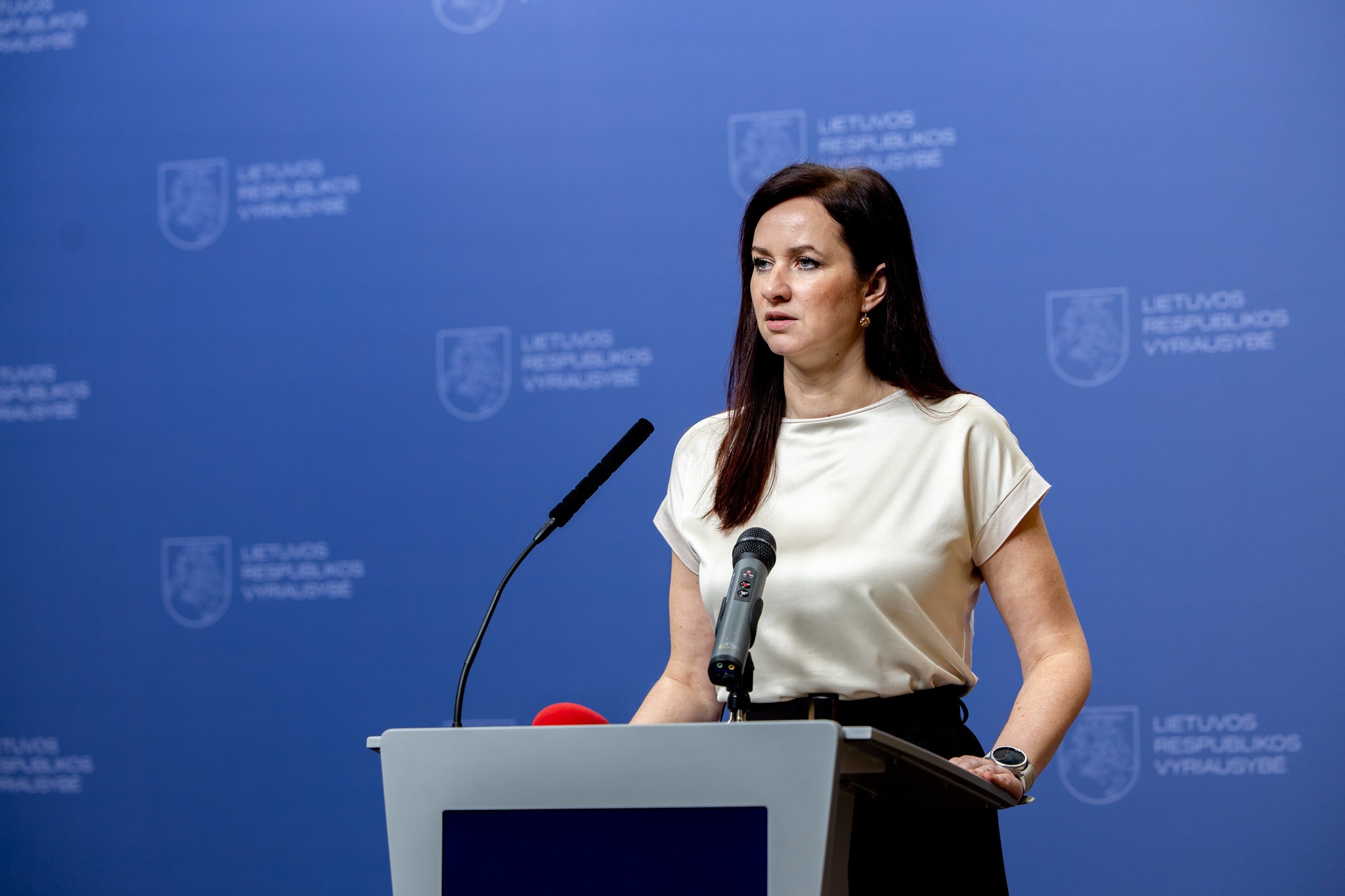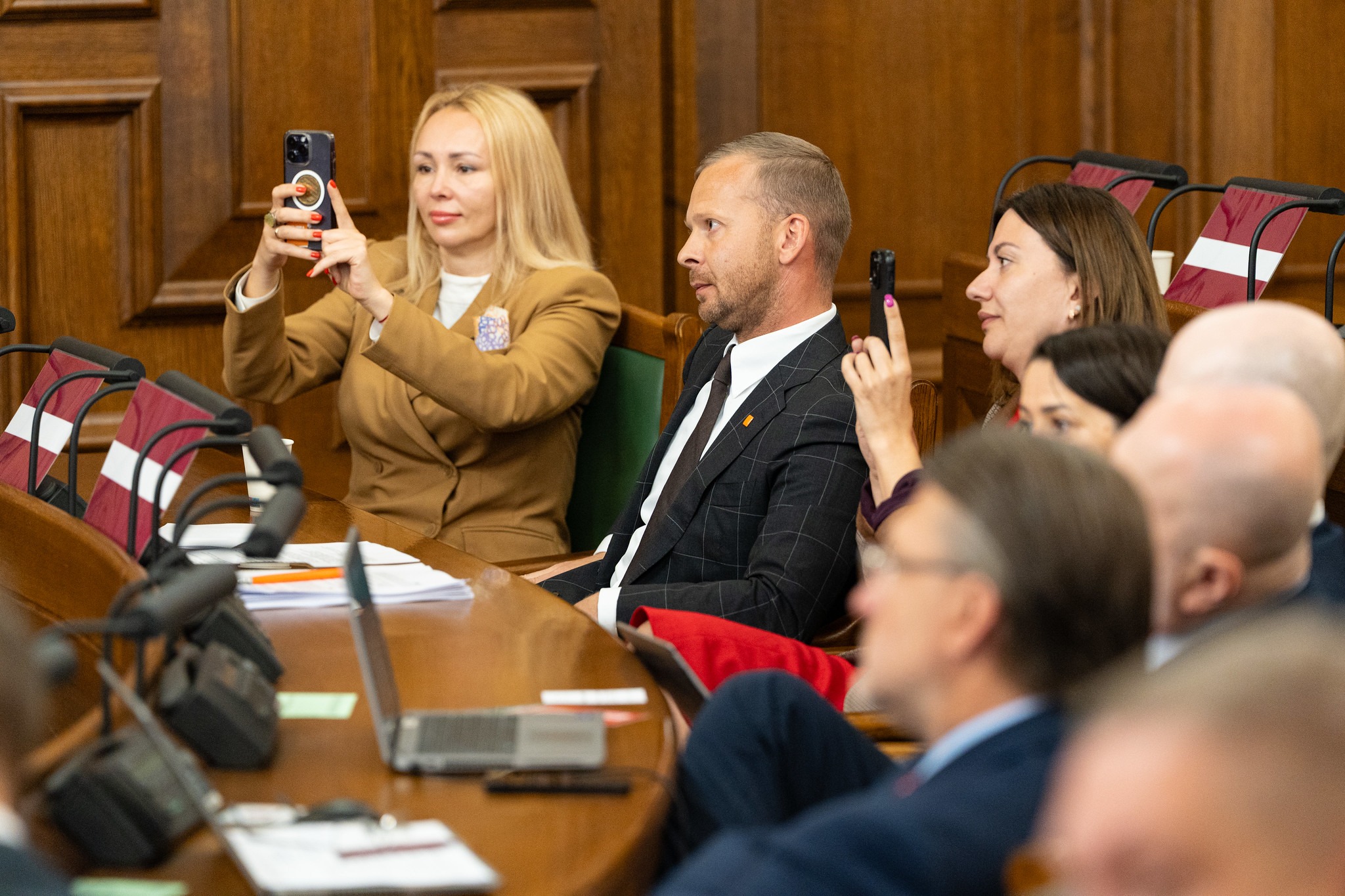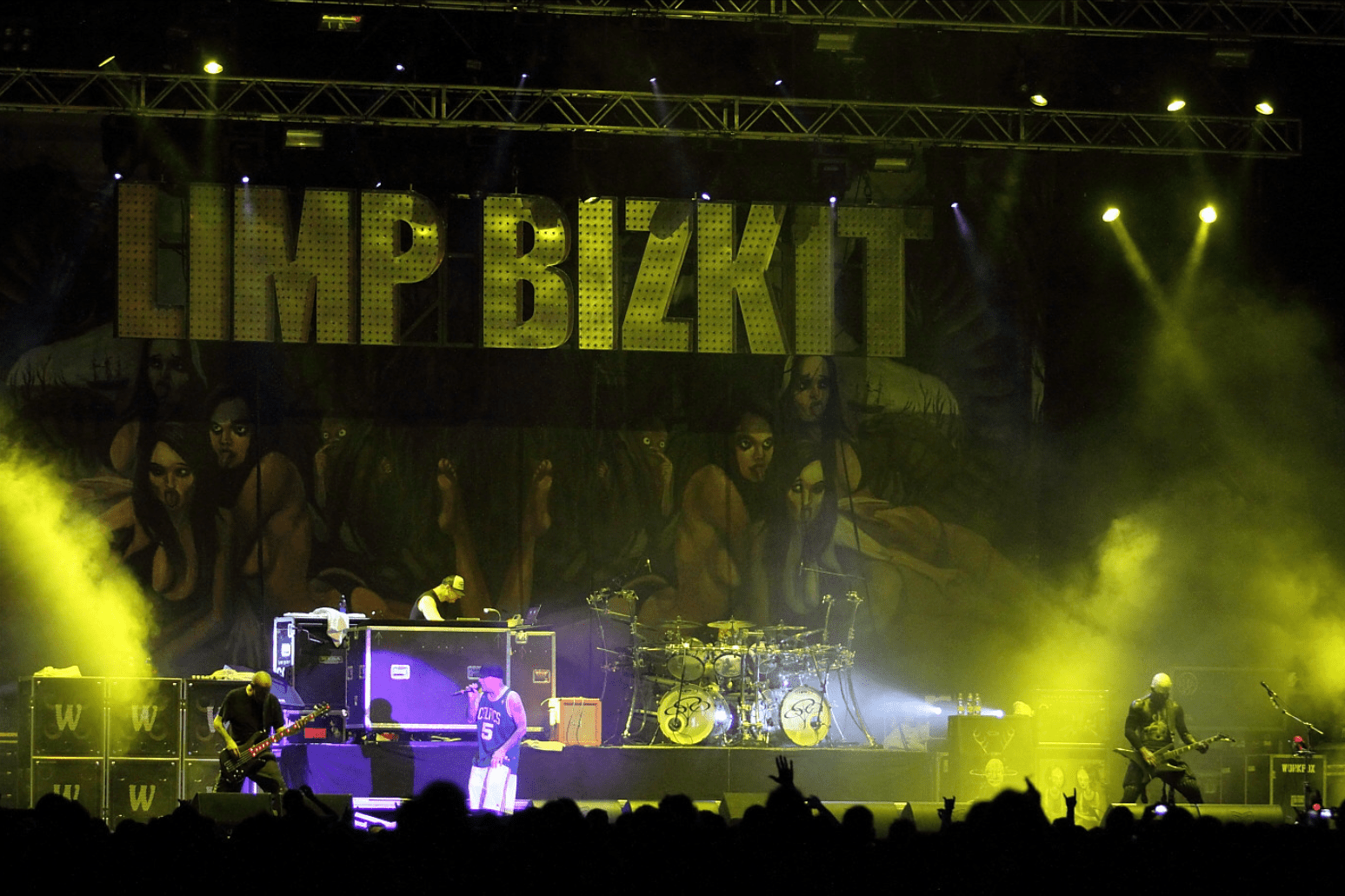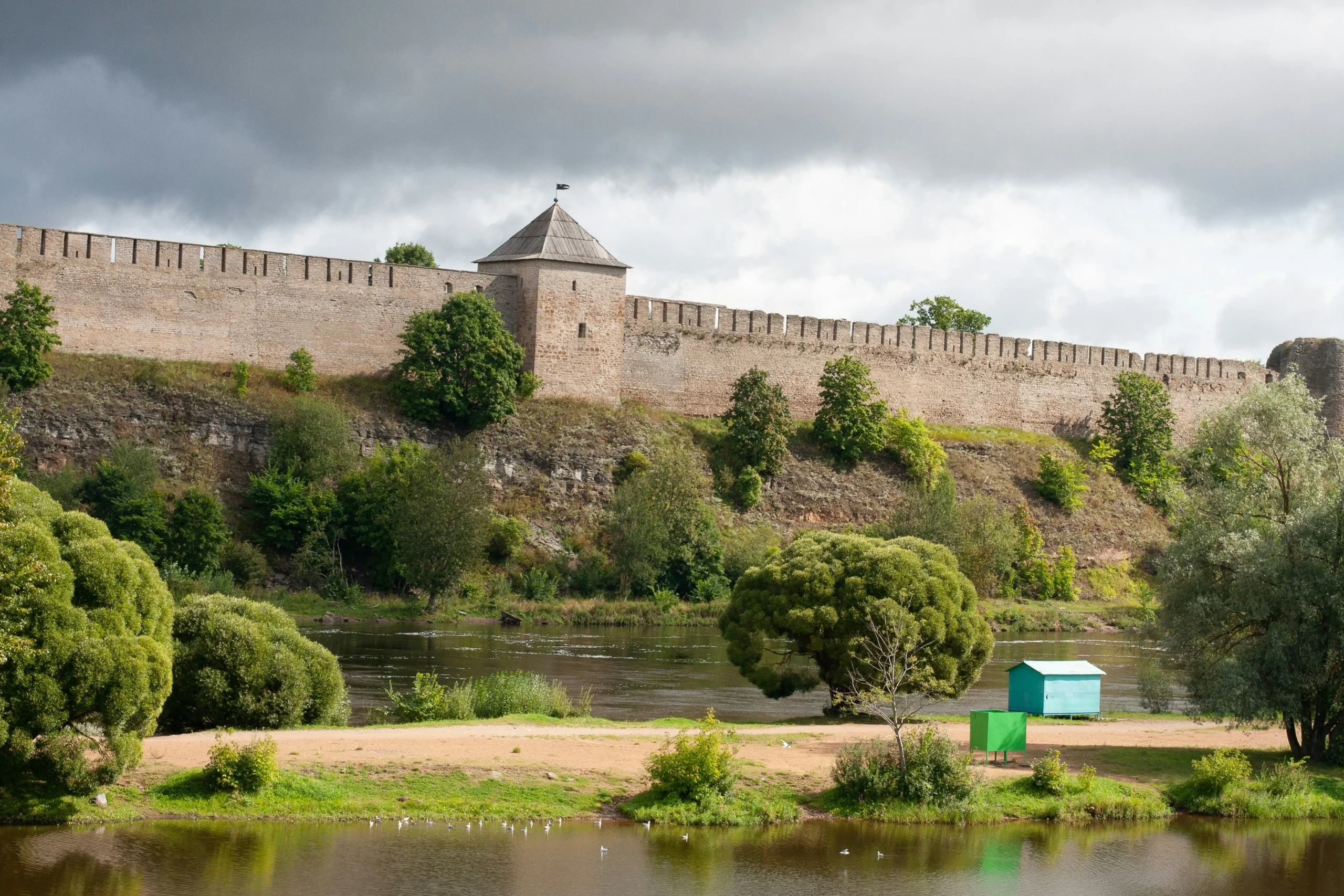
Main narratives:
- Everyone must be grateful to Russia for the victory in WWII;
- Estonia rewrites the history of WWII;
- Anti-government sentiments;
- Russophobia in Estonia.
Overview:
On 9 May 2025, heightened tensions were experienced in the Estonian border city of Narva and the Russian city of Ivangorod during the celebrations for Europe Day in Estonia and the commemorations for so-called Victory Day, highlighting ongoing information warfare and propaganda efforts. Russia intensified its hostile propaganda activities by building a permanent town square in Ivangorod, next to the historic fortress. This square was designed to host events that could be seen and heard from Narva. These events included concerts and cultural displays themed around Russia’s 80th Victory Day celebrations, aimed at promoting Russian narratives to Narva’s residents across the river. The stage and large screens set up in Ivangorod were strategically positioned to broadcast performances and messages directly towards Narva, leveraging proximity to influence the Estonian population.
In response, Estonian authorities emphasized the importance of maintaining public order and countering foreign propaganda. The Estonian Police and Border Guard Board reiterated that while commemorations of the dead are permitted, public gatherings displaying symbols supporting aggression or inciting hatred are prohibited. To assert Estonia’s stance, the Narva Museum installed a poster on the wall of the Hermann Fortress facing Ivangorod, depicting Russian President Vladimir Putin as a war criminal. This installation aimed to remind observers of the ongoing conflict in Ukraine and Estonia’s opposition to Russian aggression. Additionally, Narva celebrated Europe Day on May 9 with cultural events, including concerts, promoting European values and unity. Pro-Kremlin commentators on social media labelled Europe’s Day as a highly artificial celebration while emphasising the importance of 9 May as the ‘Victory Day’ to all Russians and those who ‘liberated Europe from Nazis’, thus cultivating and spreading Russia’s malign narrative about the WWII. Furthermore, they accused the Estonian government of taking Russophobic actions that provoke Russia both militarily and politically. Comments were also posted about allegations that Estonia is rewriting the history of the Second World War.
Social media users in Tallinn were closely focused on the Bronze Soldier monument at the Military Cemetery. On 9 May, the administrator of the popular Facebook group ‘Tallinnlased’ posted regular photo updates throughout the day, showing how the number of flowers laid at the monument steadily increased. Several of these posts (originally published anonymously) were titled ‘The day when memory is stronger than fear’. The posts portrayed the act of laying flowers at the Bronze Soldier as a heroic deed and an act of resistance against the authorities, who, according to the posts, were trying to erase 9 May from public memory through ‘fines, arrests and police cordons’. Some of these posts received up to a thousand positive reactions and hundreds of comments. Additionally, popular Russian-speaking groups promoted the narrative that, during World War II, almost all European countries fought alongside Nazi Germany against the Soviet Union. This narrative directly mirrors Kremlin propaganda, which claims that ‘the West has always sought to destroy Russia’.
Discussion of the 9 May celebrations continued for several days and was further inflamed by an incident that occurred on the night of 12 May, when the Bronze Soldier monument was vandalised with paint by unknown individuals. The Estonian police noted that this was the third case of damage to the monument in recent years.

